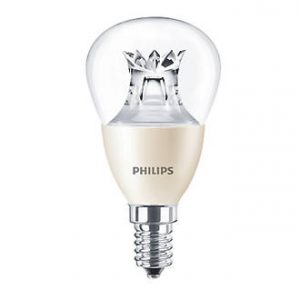Since today is likely to be the hottest day of the year so far and the longest day is less than a week away this seems like a good time to cover the risk of overheating in poorly-designed, highly-insulated buildings.
As I write this Post (at 4pm) it’s 29 degrees outside and 24 degrees in the Living Room. All the windows are closed and the MVHR is taking in air at 29 degrees and distributing it around the house at 26 degrees (i.e. the heat exchanger is recovering a bit of “coolth” from the outgoing air but it’s still tending to heat rather than cool the inside of the house). The significant thermal mass on the ground and first floors is helping to slow the temperature rise.
The shading on the south elevation is working perfectly – the overhanging roof shields the first-floor windows and the brises soleil shield the big ground-floor sliding doors so there’s no direct sunlight coming in on the south side. Bedroom 2, which only has windows on the south side, has been slightly warm but not uncomfortable.
There’s no external shading on the windows on the east or west elevations so most of the solar gain is coming from those. As a result, Bedrooms 3 and 4 facing east and west respectively do warm up significantly when the sun is directly on their windows – e.g. the temperature in Bedroom 3 rose by 3 degrees between 06:00 and 10:00 yesterday. These rooms will be getting internal blackout blinds (when budget permits) which should help significantly – they’ll be fairly light in colour to help reflect heat and light back out. However, internal shading is nothing like as effective as external shading, since by the time the heat gets through the glass it’s already inside. Depending on how successful the internal shading is some external shading might be a worthwhile addition.
All of the internal blinds are (or will be) electric and under the control of the Home Automation system which will be configured to ensure they are closed when required for shading as well as for privacy.
Elrond Burrell has a good summary of the considerations in his blog posting: Passivhaus Overheating: Design it out – see also the sources of further information listed on that page.
Main highlights:
- Lots of insulation and good air tightness are just as effective at keeping heat out as they are at keeping heat in (like a Thermos flask)
- The Passivhaus standard requires that a design is shown to avoid excessive overheating
- In order to moderate the internal temperature rise it’s necessary to moderate the thermal gains – be those from occupants, from appliances or from solar gain
- Some sort of shading will probably be required to help reduce solar gain
- Even on the hottest days it’s much cooler overnight so it’s OK if the house heats up a few degrees during the day if it can be “reset” for the next day by opening windows for extra ventilation in the evening and overnight
- This works best if the tendency of hot air to rise can be used as an advantage, opening high-level windows on the top floor to let the hot air out and other windows on lower floors to let cooler air in
- Problems can arise if it’s not practical to open windows overnight due to external noise or security issues

